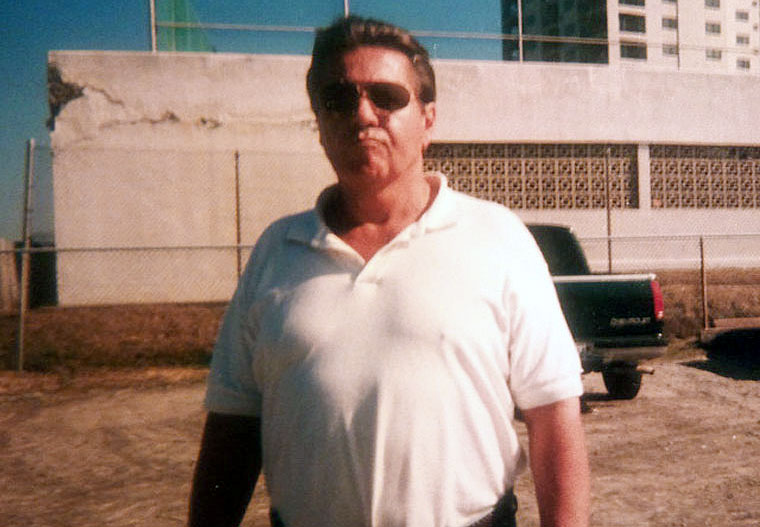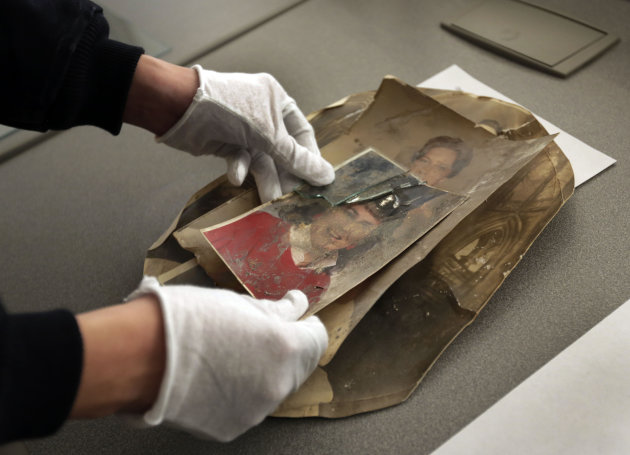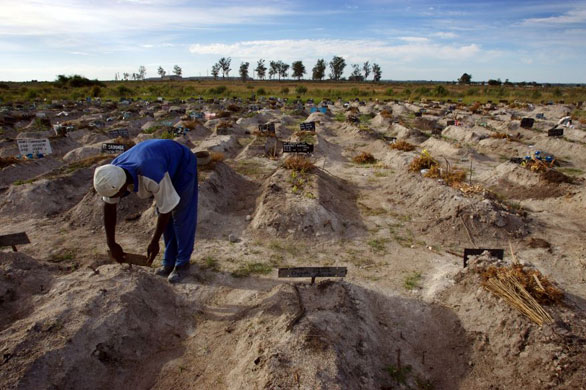
The desert is located on the Egyptian Peninsula, spanning to the neighbouring border of Israel. African refugees, fleeing their homelands due to various forms of persecution, offer money to Bedouin guides to take them to the Egypt-Israel border. Corrupt Bedouin guides then lead the refugees, including women and children, to a detention site where they are tortured and held for ransom.
According to Human Rights Watch, the captives are forced to make calls to relatives, instructing them to make the payments in exchange for their lives. During these phone calls the smugglers physically abuse their victims to create a sense of urgency for their relatives. If their family members are unable to provide the ransom, the traffickers threaten to harvest their organs. Details of these events have recently been surfacing with personal testimonials.
According to rights groups, refugees -- from places like Ethiopia, Eritrea or Sudan -- are enslaved and tortured and the women raped if they cannot come up with the large sums of money the Bedouin try to extort from them and their families to smuggle them into Israel.
No Bedouin leaders in the Sinai were willing to speak openly about the organ theft. Tribal leaders said they had only heard rumors.
Hamdy Al-Azazy, head of New Generation Foundation has forensic photographic evidence of corpses with distinctive scars in the abdominal area. All of the photos were taken in a morgue in the Egyptian port town of El Arish.
"The organs are not useful if they're dead," Al-Azazy says. "They drug them first and remove their organs, then leave them to die and dump them in a deep dry well along with hundreds of bodies."
Al-Azazy says he was once taken to a mass burial area where these bodies were later discarded. He says he believes corrupt Egyptian doctors work in concert with the Bedouins. He believes the doctors arrive at the Sinai with mobile hospital units to remove in demand corneas, livers and kidneys.
"Mobile clinics using advanced technology come from a private hospital in Cairo to an area in the deserts of Mid-Sinai and conduct physicals on the Africans before they choose those suitable, then they conduct the operation," Al-Azazy said.
CNN reporters then showed some of the photos of the dead to a forensic expert.
"There are two kinds of scars. One is from a postmortem autopsy and one from surgery," Dr. Fakhry Saleh, the former head of Cairo's forensic department and an expert on the illegal organ trade says. The doctor pointed to a scar that he believes came from an operation that must have been performed shortly before the person died.
Saleh says that the operation was conducted no more than 48 hours before death, indicated by the freshness of the scars. All the scars presented in the photo were in the area of the liver and kidney. "They are good stitches in the area of the liver and the kidney," Saleh said.
"They could open you up, take it out and just let you die. The mafia does not care whether you live or die. When they cut you open, it would be very painful, so they would give you anesthesia," Saleh added.
"Organ trade is the second most profitable trade behind only weapons trade," he said. "It brings in more money than drug dealing and prostitution."
The Sawarka Bedouin tribe, one of the largest in the Sinai, was named by one Bedouin source as being involved in organ thefts. No Bedouin leaders in the Sinai were willing to speak openly about the organ theft. Tribal leaders said they had only heard rumors.
A Sawarka leader said he was aware that people trafficking was going on in Sinai and that in some cases refugees were held in bonded labor and tortured. But he added only rogue elements of his tribe were involved.
While Saleh says he has never heard of organ theft involving African refugees, he says it seems highly probable that the scars on the bodies come from organ removal.
"They could open you up, take it out and just let you die. The mafia does not care whether you live or die. When they cut you open, it would be very painful, so they would give you anesthesia," Saleh later said.
Saleh has done extensive research on the illegal organ business in Egypt, which preys on poor people. The World Health Organization in a recent report called Egypt a regional hub for the trade.
An investigation headed by Saleh found illegal organ trafficking to be one of the most profitable criminal activities.
"Organ trade is the second most profitable trade behind only weapons trade," he said. "It brings in more money than drug dealing and prostitution."
One Bedouin tribal chief did put CNN in touch with a Bedouin who used to be involved in people smuggling and who was close to the organ theft scheme. The source spoke on condition of anonymity but offered insights into the scheme.
"The doctors deal directly with the Sawarka family, and they buy the organs starting from $20,000," the source said in a phone interview.
He offered further details of the logistics required to keep the organs fresh for the transplant into their new owners' bodies: "The doctors come with some sort of mobile fridge where the organs can be stored for six to eight hours and resold in Cairo or elsewhere."
The source claimed doctors from Cairo are involved in the organ theft, a claim that has proved impossible to verify.
"It's like spare parts for cars," the Bedouin, who later agreed to meet one member of the CNN crew in person, said sarcastically toward the end of the interview.
A second Bedouin, who also refused to be identified, later gave a similar account.
The police general in charge of security in Northern Sinai tells CNN that his forces are aware that organ trafficking and theft are going on in their area of operations but that the authorities have not identified who is behind the schemes.
Tuesday 5 February 2012
http://www.africanoutlookonline.com/index.php?option=com_content&view=article&id=3186:african-refugees-face-organ-theft-gruesome-death-in-the-sinai&catid=99:outlookscroller
http://www.themanitoban.com/2013/02/the-atrocities-of-the-sinai-desert/14049/







